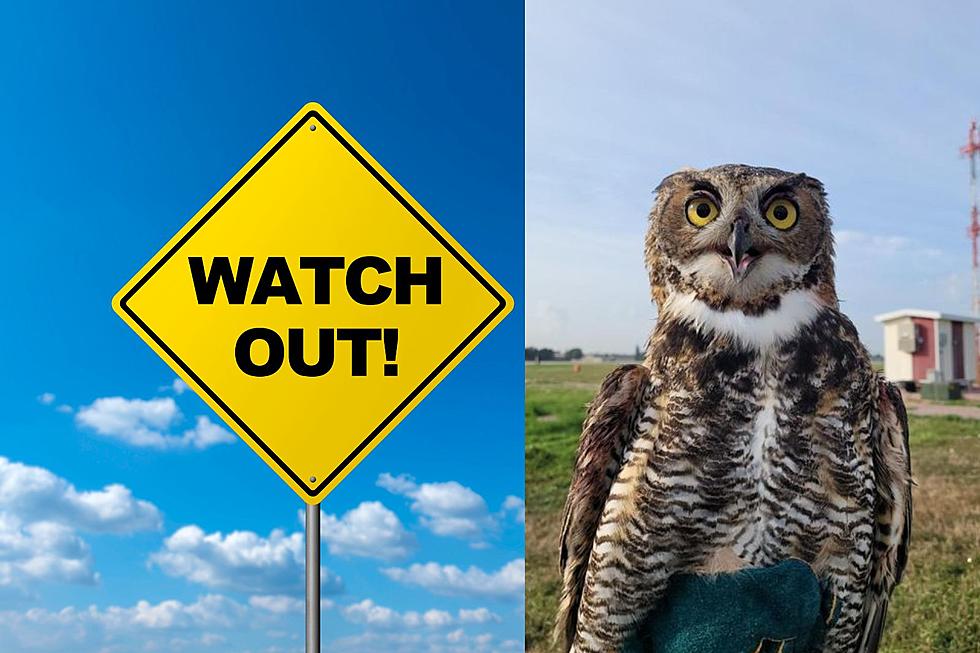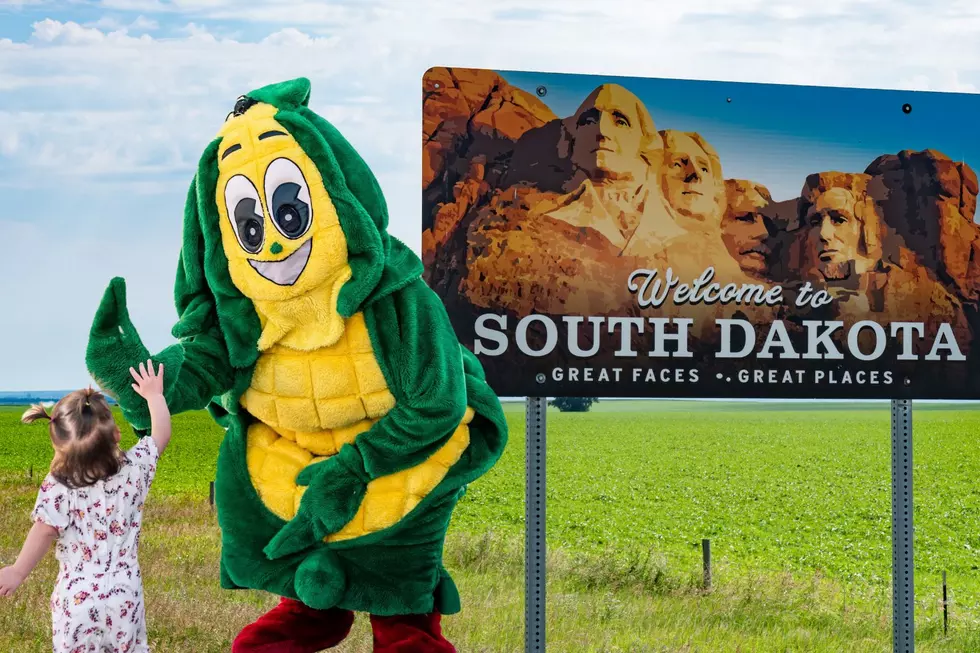
Close Call! Sioux Falls Airport Finds Unusual Passenger
Flying is always an adventure whether you're in the air or trying to make it on time to catch your plane. The Sioux Falls Regional Airport does a good job of making traveling as easy as possible. But there could have been a stressful situation if Sioux Falls Regional Airport officials did not notice a strange passenger.
You never know what could happen when you're traveling. Luckily, the Sioux Falls Regional Airport found a suspicious traveler that could have caused serious damage to the plane or the airport itself.

It does not happen too often, but the Sioux Falls Regional Airport does experience some wildlife activity around the airport. In a Facebook post, officials announced they captured a Great Horned Owl late last week. The bird is pretty big too.
You would not think finding a Great Horned Owl at the airport is a big deal. However, the Sioux Falls Regional Airport tells frequent flyers this owl could have caused a lot of damage. Officials explain, "Wildlife strikes cause over $900 million in damages annually in the U.S." The Federal Aviation Administration adds that "about 53% of bird strikes occur from July to October which is when young birds recently have fledged from nests and fall migration occurs." More than half of these bird strikes happen during the day.
The Great Horned Owls are pretty common to see in South Dakota. According to the South Dakota Birds and Birding, this owl is the "most widespread" owl found in North America. They love forests and open lands.
So what happened to this Great Horned Owl? Officials moved the owl about 84 miles from the Sioux Falls Regional Airport. A happy ending for the owl and the airport!
The more you know!
South Dakota's Weird Exotic Animal Laws Are Amazing
TAKE A DEEP DIVE INTO SOUTH DAKOTA'S WALL DRUG
More From KXRB









